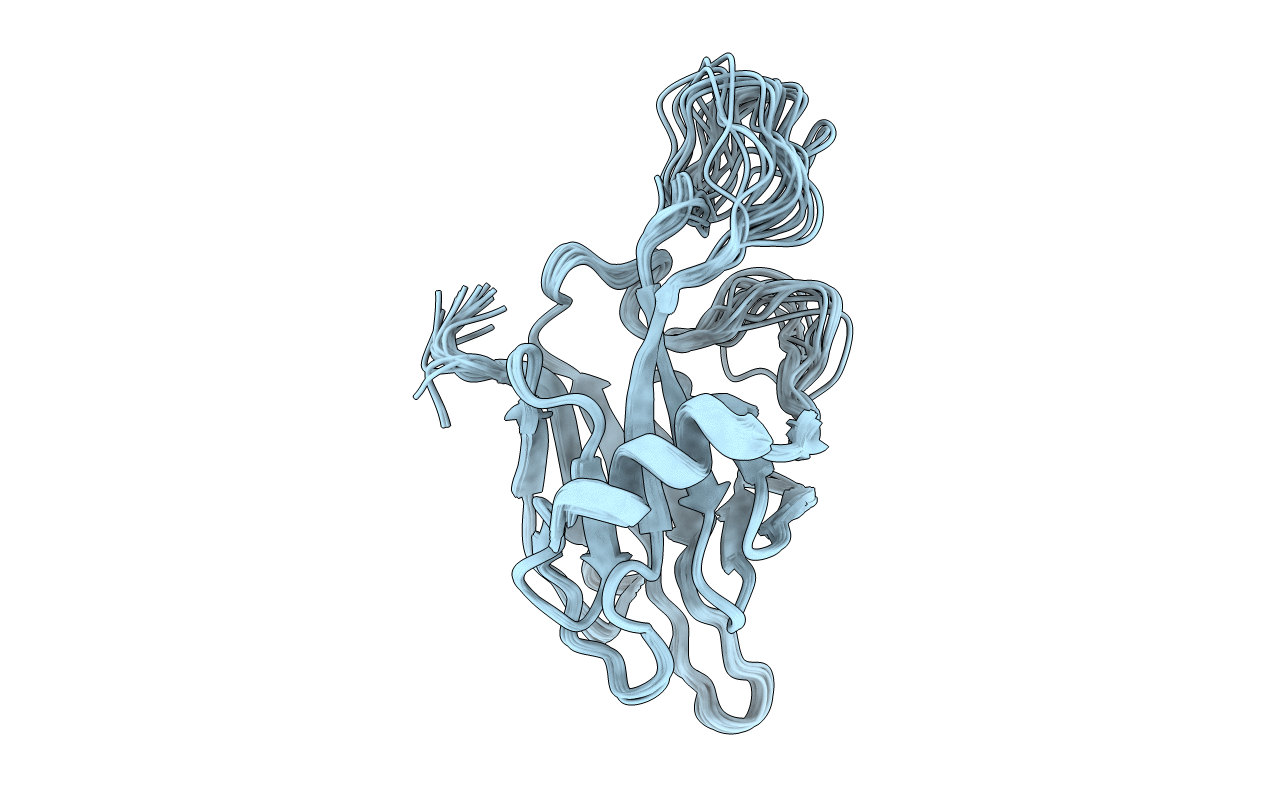Abstact
The forkhead-associated (FHA) domain is a protein module found in many proteins involved in cell signaling in response to DNA damage. It has been suggested to bind to pThr sites of its target protein. Recently we have determined the first structure of an FHA domain, FHA2 from the yeast protein Rad53, and demonstrated that FHA2 binds to a pTyr-containing peptide (826)EDI(pY)YLD(832) from Rad9, with a moderate affinity (K(d) ca. 100 microM). We now report the solution structure of the complex of FHA2 bound with this pTyr peptide. The structure shows that the phosphate group of pTyr interacts directly with three arginine residues (605, 617, and 620), and that the leucine residue at the +2 position from the pTyr interacts with a hydrophobic surface on FHA2. The sequence specificity of FHA2 was determined by screening a combinatorial pTyr library. The results clearly show that FHA2 recognizes specific sequences C-terminal to pTyr with the following consensus: XX(pY)N(1)N(2)N(3), where N(1)=Leu, Met, Phe, or Ile, N(2)=Tyr, Phe, Leu, or Met, and N(3)=Phe, Leu, or Met. Two of the selected peptides, GF(pY)LYFIR and DV(pY)FYMIR, bind FHA2 with K(d) values of 1.1 and 5.0 microM, respectively. The results, along with other recent reports, demonstrate that the FHA domain is a new class of phosphoprotein-binding domain, capable of binding both pTyr and pThr sequences.



